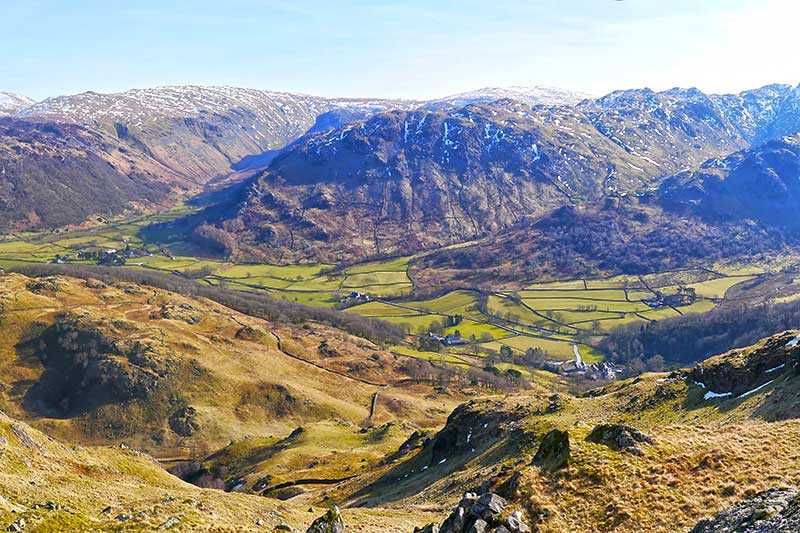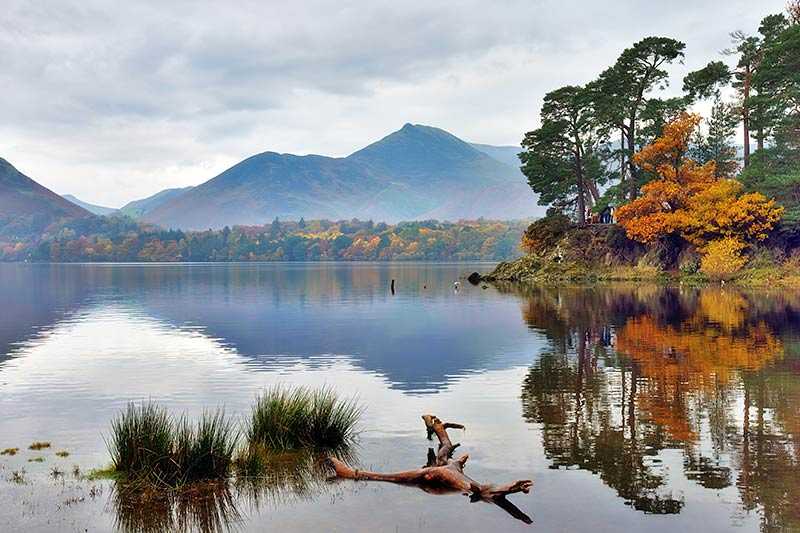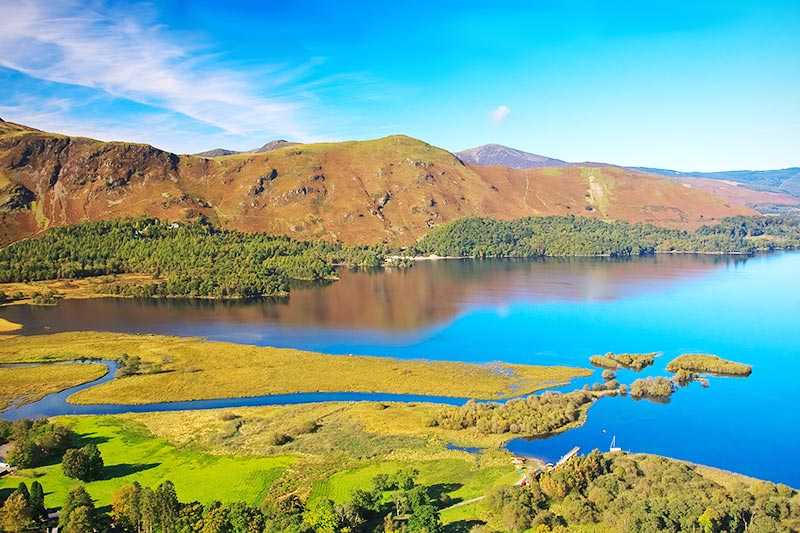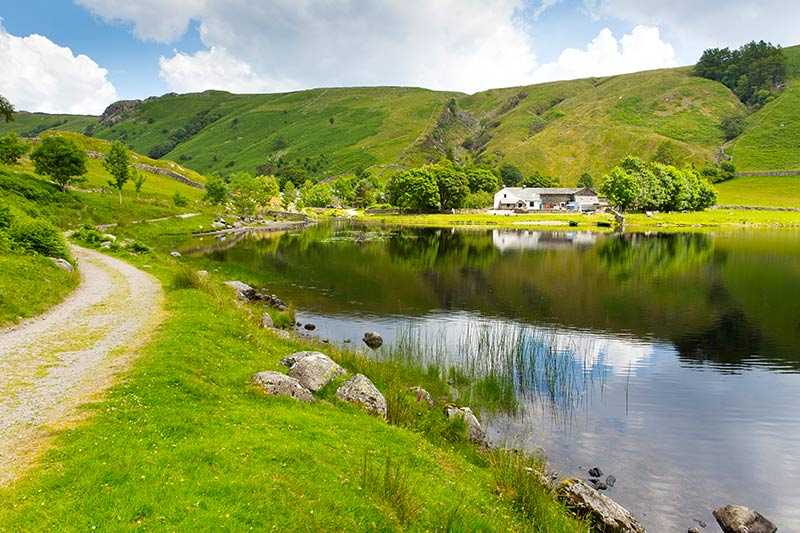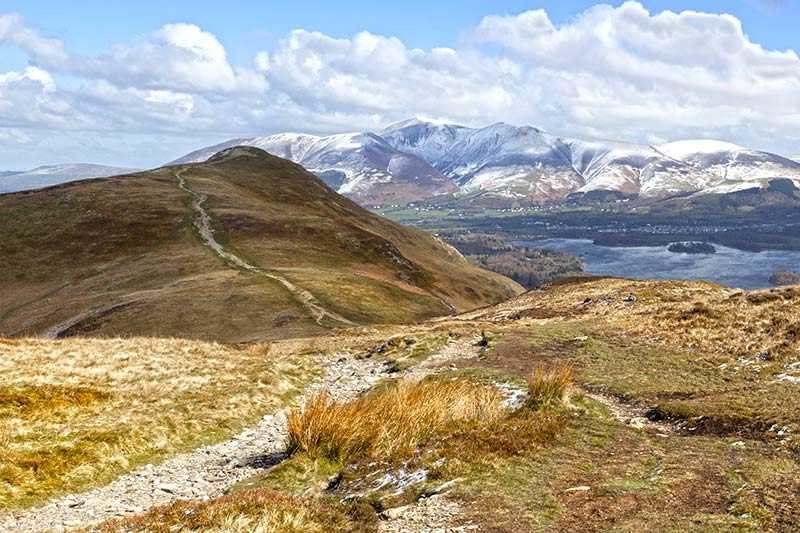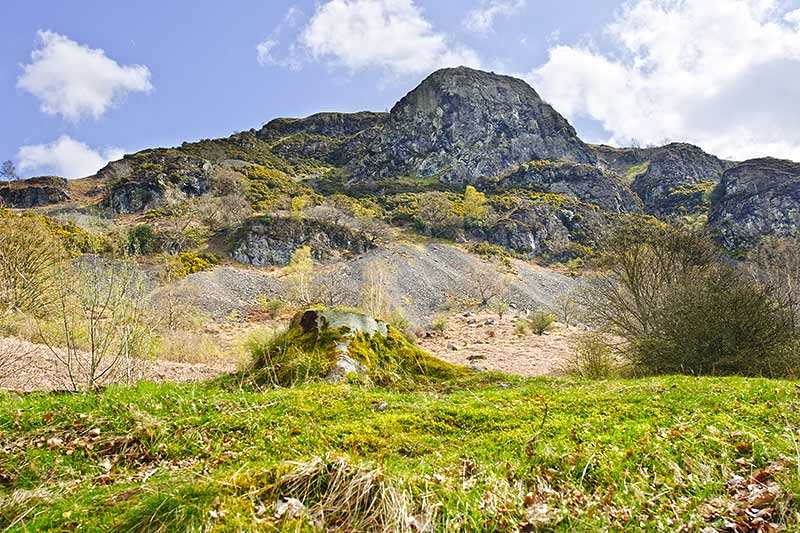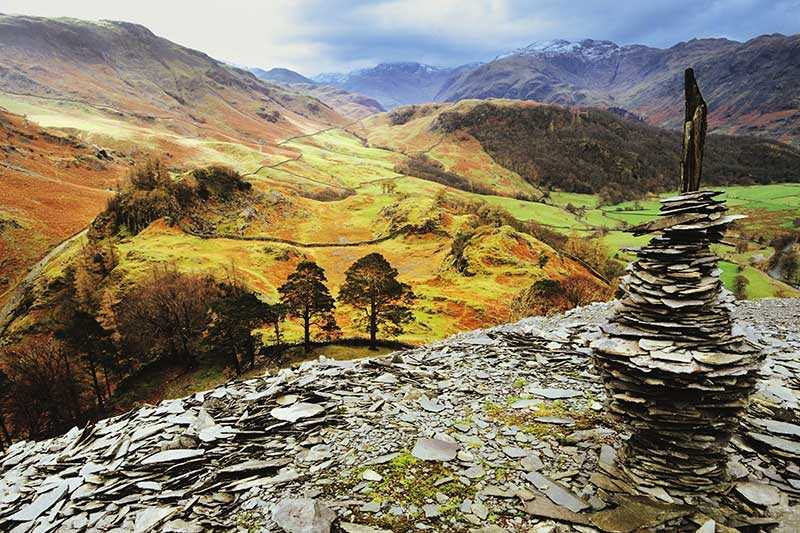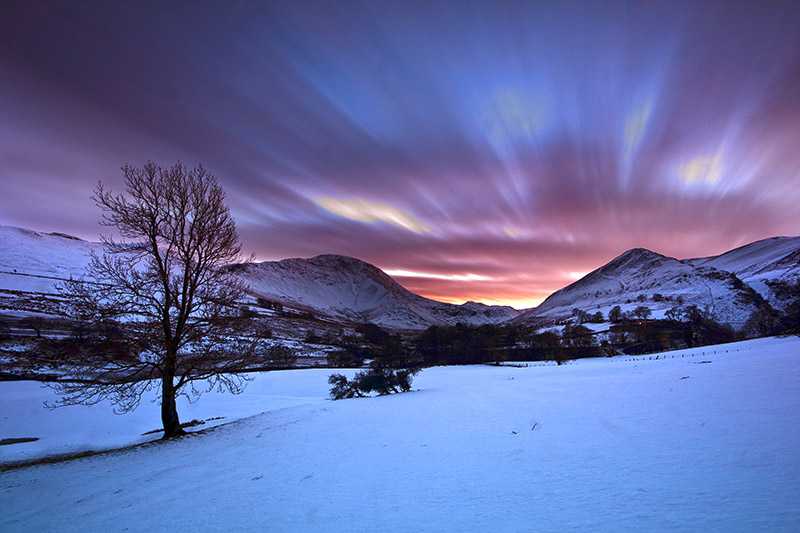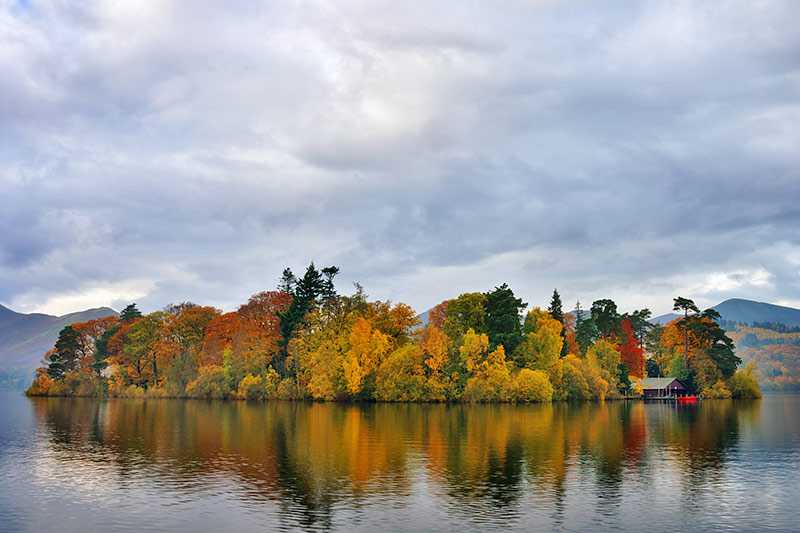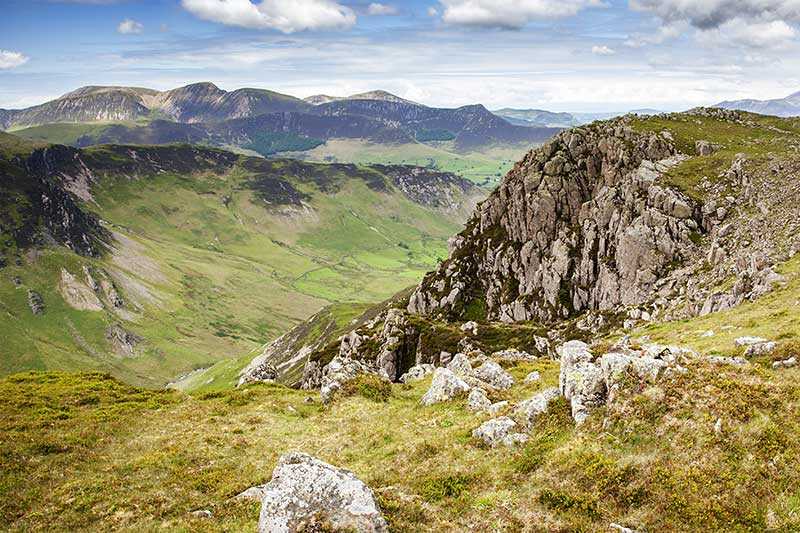Lodore Falls
Lodore Falls is a well-known waterfall in the Lake District National Park in Cumbria, England. The falls are located near the southern end of Derwentwater, one of the largest and most picturesque l...
Lodore Falls is a well-known waterfall in the Lake District National Park in Cumbria, England. The falls are located near the southern end of Derwentwater, one of the largest and most picturesque lakes in the Lake District. The falls are formed by Watendlath Beck, a stream that flows into Derwentwater, cascading over huge boulders for a distance of some 100 ft (30 m) into the Borrowdale Valley....
Attractions near Lodore Falls
Activities
About Lodore Falls
Lodore Falls is a well-known waterfall in the Lake District National Park in Cumbria, England. The falls are located near the southern end of Derwentwater, one of the largest and most picturesque lakes in the Lake District. The falls are formed by Watendlath Beck, a stream that flows into Derwentwater, cascading over huge boulders for a distance of some 100 ft (30 m) into the Borrowdale Valley. The oak woodlands surrounding the falls are a Site of Special Scientific Interest.
The cascading waterfall is particularly impressive after heavy rainfall when the water flow is at its peak, and it might dry to a trickle in periods of prolonged dry weather. There is no fencing around the waterfall and you can get as close as you like, but care is advised on the rocks at the base of the fall which are quite slippery.
In the 18th century a public house had been built in front of the falls, which was enlarged to become the Lodore Hotel in 1870 and is now known as the Lodore Falls Hotel. The falls are located directly behind the Lodore Hotel, but the parking here is available only to guests, so it is best to park in the National Trust Kettlewell parking area at the southern end of Derwentwater (beware of the fact that it can be extremely crowded in summer).
The falls are on private land but they can be accessed by the general public via a roadside path. The area is dog friendly but your pet must be kept on a leash at all times. No swimming is allowed in the waterfall due to the potential dangers of strong currents and submerged rocks.
